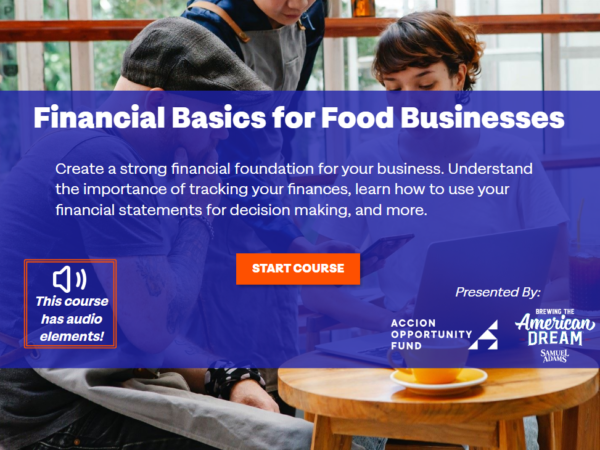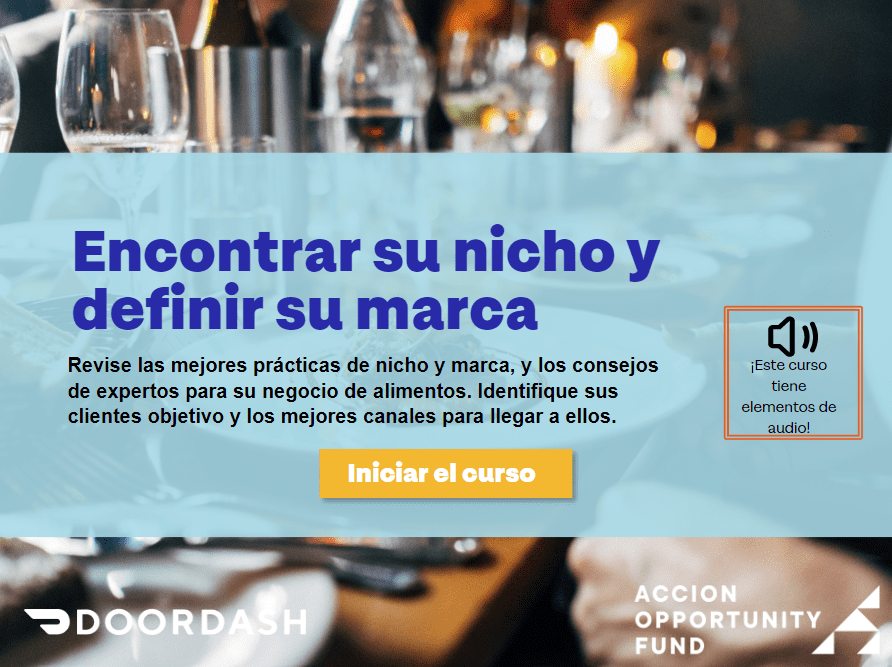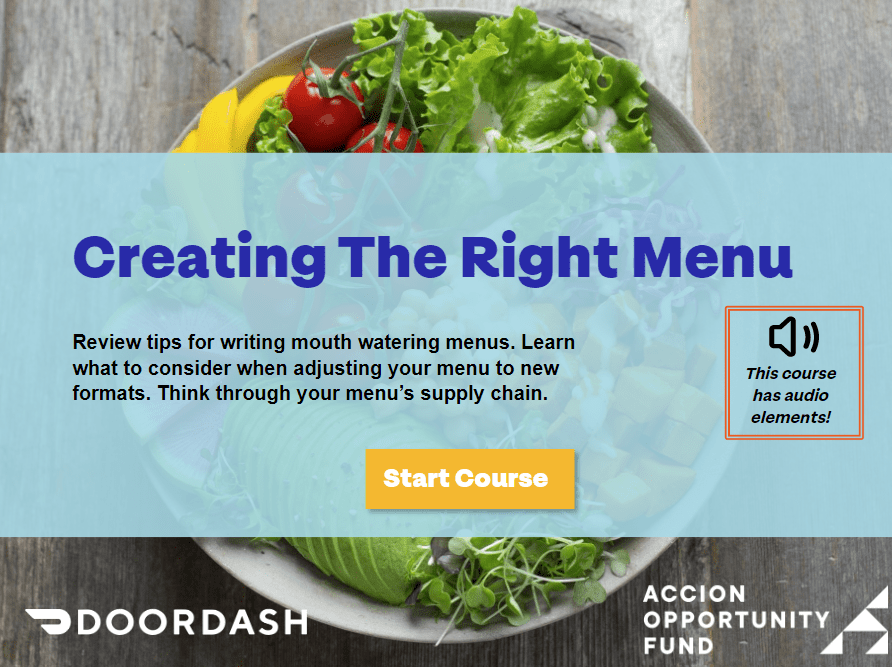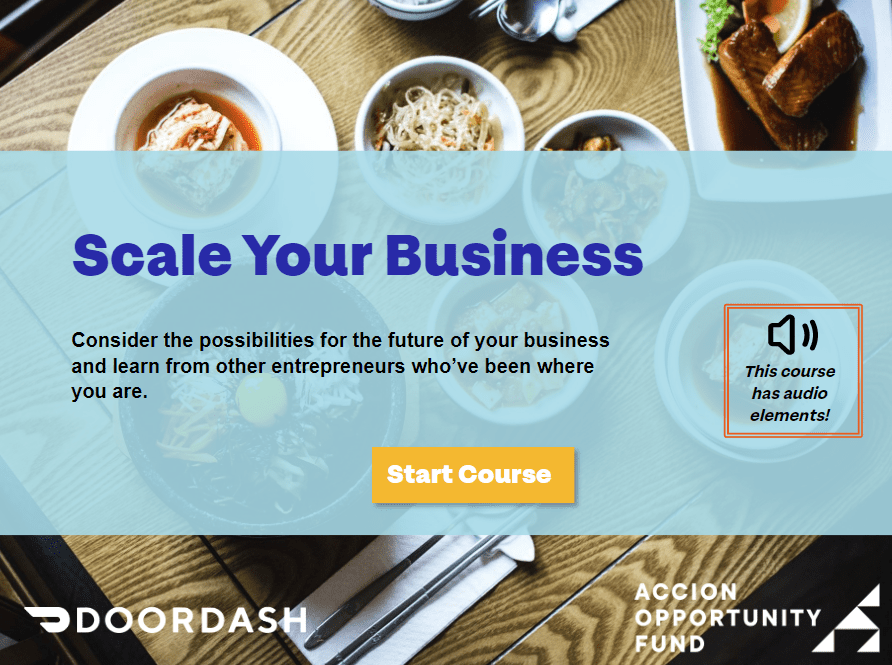Food and Beverage Packaging and Design for Small Businesses
In the competitive world of food and beverage packaging and design, what makes your product stand out from the rest?
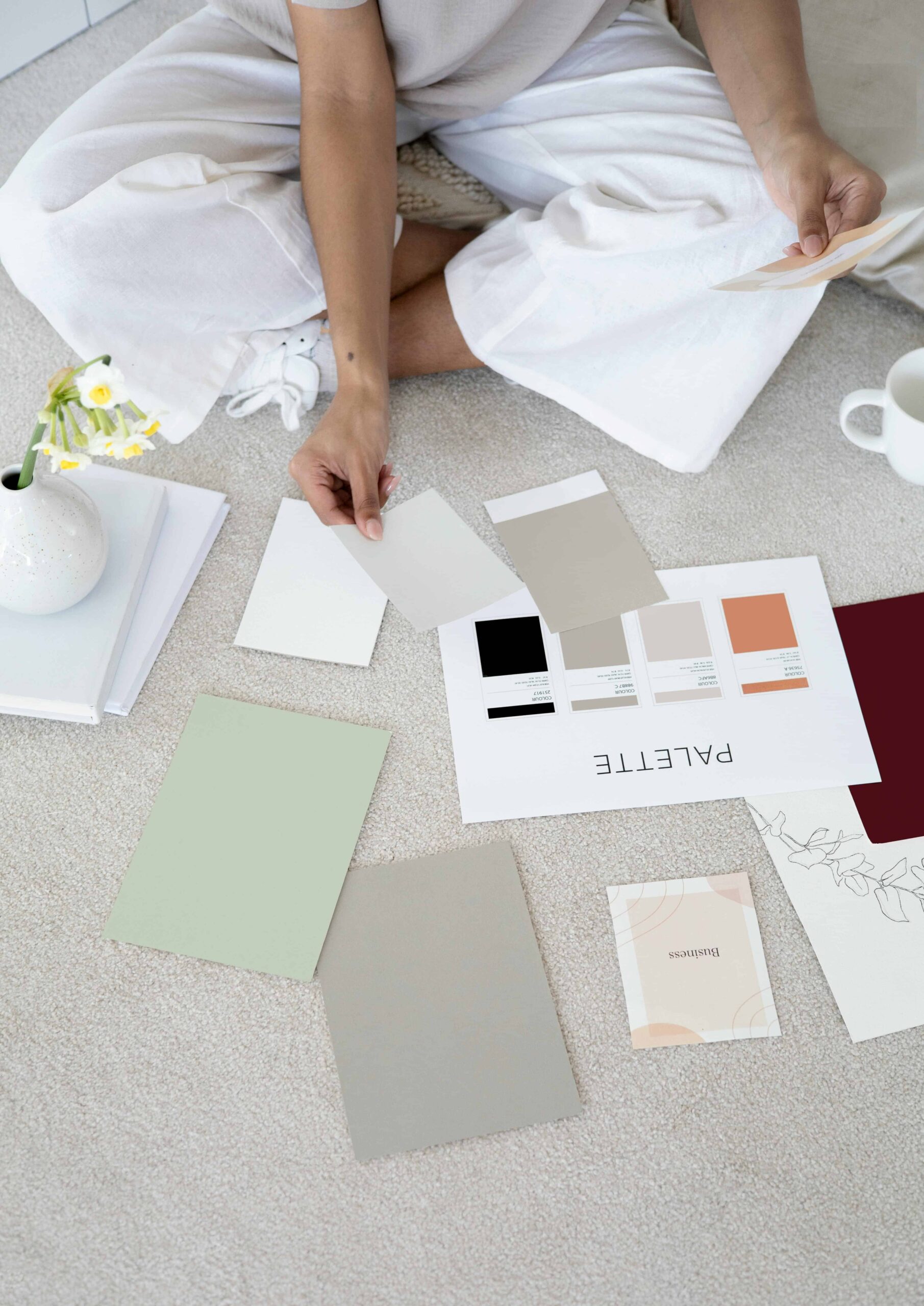
As the saying goes, you eat with your eyes first. In the competitive world of food and beverage, what makes your product stand out from the rest? This article, created in partnership with Samuel Adams’ Brewing the American Dream Program, delves into essential design strategies, starting with identifying the key aspects of your brand that should be prioritized. It then explores the nuances of design execution, showcasing various ways to bring your branding to life across your portfolio. The discussion concludes with an overview of packaging basics and best practices, ensuring your product not only tastes great but also looks irresistible. Whether you’re a seasoned entrepreneur or just starting, these expert insights are invaluable for making your food and beverage packaging and design help your products shine.
Meet the Experts
Cait Buser
is the Associate Art Director for Samuel Adams. Cait concepts and designs creative solutions for packaging, point of sale materials, and advertising. With a Bachelor’s in Marketing and a Masters in Advertising, Cait brings a unique business perspective to her design & creative expertise. Before Boston Beer, Cait worked as the Creative Content Manager for the New York Mets, responsible for establishing the art direction for each baseball season, designing all marketing materials, and overseeing social media content design. In her spare time she does freelance photography, logo design, and storyboard illustrating for ad agencies.
Conor McMahon
is the Creative Director for Samuel Adams and Dogfish Head at Boston Beer. He oversees the creative process and leads the creative teams to drive brand consistency through brand building, strategic design, and storytelling. Conor has over two decades of experience in the beer industry, starting with Molson Coors, MillerCoors, Wanderweg Brewing Co., Sierra Nevada Brewing Co., and his current role at Boston Beer Co. When Conor is not creating creative beer advertising and marketing, he enjoys nature, hiking, camping with his family, and coaching his two sons’ Hockey and Rugby teams.
Doug Ramsay
is responsible for managing the production of all packaging and selling materials such as point of sale, working with designers to meet deadlines for all print orders, and negotiating costs associated with the print production process. He is able to answer your questions about how to bring your packaging ideas to life.
AOF offers a free, interactive companion course to this webinar. You can access it here at any time
Packaging Strategy
A packaging strategy is a comprehensive plan that encompasses how you present your products to consumers through their packaging. This includes decisions on design, materials, messaging, and overall aesthetics to ensure that your packaging aligns with your brand and appeals to your target audience. Packaging strategy encompasses many aspects of your product and brand. Here’s how you can bring a product to life.
Define Your Brand
To develop a successful packaging strategy, start by defining your brand. Consider the following key questions:
- What’s at the core of your idea?
- Are you selling a brand, a product, or both?
- How do you want your brand and product to be perceived?
- What benefits do your products offer to consumers?
Aesthetics and Communication
Effective packaging should communicate your brand’s message clearly and attractively. Key considerations include:
- What do you want consumers to know about you and your product?
- Prioritize your communication points for clarity.
- Ensure your packaging makes a strong first impression and is easy for consumers to identify and select.
- Maintain a simple design that highlights your value proposition without being distracting.
Merchandising and Shelf Impact
Your packaging needs to stand out on the shelf. Reflect on these questions:
- Are you emphasizing your brand or the product?
- What sets you apart from competitors, and how can this be communicated instantly?
- Test the effectiveness of your packaging through side-by-side comparisons.
- Consider the full 360-degree view of your package, not just the front.
Packaging Design
Packaging design is a crucial aspect of product presentation that involves the creation of the visual and structural elements of a product’s packaging. This process includes the selection of colors, typography, images, materials, and the overall layout to create a package that is not only functional but also visually appealing. Effective packaging design plays a significant role in attracting consumers, conveying the brand’s message, protecting the product, and ultimately influencing purchasing decisions. By ensuring that the packaging aligns with the brand identity and meets consumer expectations, businesses can enhance their market presence and drive sales.
Structure
When considering packaging structure, think about functionality, usability, and cost-effectiveness. Important factors include:
- How does the structure add value to the product?
- What impact will the structure have on the graphic design?
- How will it affect shelf placement and shipping efficiency?
Graphics
Graphics play a crucial role in appealing to your target market. Focus on:
- Understanding your audience and what they find visually appealing.
- Keeping messages concise and impactful.
- Being truthful in your design to meet consumer expectations.
- Designing for multiple sales platforms, including retail shelves and e-commerce.
Unified Design
A cohesive design strategy is essential. To achieve this:
- Create brand kits and guidelines to communicate your brand vision.
- Use adjectives to describe your brand’s look and feel.
- Develop mood boards and image collections for visual inspiration.
Design Fundamentals
The core elements of design are crucial in how your food and beverage packaging and designs speak to consumers.
Color
is a vital component that can quickly communicate your product’s essence:
- Different colors evoke different psychological responses (e.g., green for eco-friendliness, red for speed).
- Ensure your color palette suits your product category and helps it stand out.
Typography
shapes how your message is received.
- Choose legible and comprehensible typefaces.
- Understand different typeface categories: serif, sans-serif, script, monospace, and display.
Hierarchy and Balance
Visual hierarchy and balance guide consumers through your design:
- Limit points of interest to avoid clutter.
- Ensure the design highlights the most important information.
Working with Designers
Collaborating with professional designers can elevate your packaging. Look for a partner who will work with you, not just for you.
Where to Find Designers
Here are some platforms to find qualified designers:
- Upwork.com: Freelancers across various fields with work samples and proposals.
- Behance.net: Adobe’s portfolio site showcasing designers’ projects.
- 99designs.com: View portfolios of real projects and work with vetted designers.
- Workingnotworking.com: Premium designers with extensive experience.
Collaboration
Effective collaboration tips:
- Be open-minded and provide your company’s values.
- Share words and colors that represent your message.
Iteration
The design process involves multiple rounds:
- Round 1: Initial sketches and rough ideas in black and white. Provide feedback on what you like and don’t like.
- Round 2: More defined direction with color variations and solidified typography. Assess colors and overall alignment with your brand.
- Round 3+: Final touches and refinement. Feedback may be minimal at this stage.
Constructive Feedback
Offer constructive feedback to designers:
- Engage in a two-sided conversation.
- Focus on desired outcomes rather than specific methods.
- Keep an open mind to new ideas.
Finding Packaging Vendors
Here are some resources to find packaging vendors:
- Google local packaging vendors in your area. Sometimes local vendors are more able or willing to work with smaller businesses for their packaging needs.
- Packaging Samples
- Packaging Boxes and Bags
- Packaging Bags & Shipping
- Labels/Stickers
- Vistaprint
- Moo
- Canva (also a great DIY design resource)
- Plastic & Glass
- SKS Bottle and Packaging
- Good Start Packaging (eco-friendly option)
Best Practices for Food and Beverage Packaging and Design Success
- Research: Conduct extensive research into vendors, your industry, and even your competitors. Consider cost, durability, and sustainability.
- Quality: Invest in the best packaging for the quality of your product, including shelf life.
- Consumer: Consider how your consumer purchases and consumes your product when selecting your packaging.
- Feedback: Test your packaging and design with actual consumers. Be open to feedback and change.
- Form and Function: Don’t sacrifice your brand and design for your package. Find the right balance of form and function.
- Professional Investment: Work with professionals who understand your industry.
- Quality: Ensure your packaging reflects the quality of your product.
- Balance: Find a balance between attractiveness and branding without compromising the product.
In conclusion, an effective food and beverage packaging and design strategy are pivotal for small business success. By thoroughly understanding and defining your brand, focusing on clear and appealing aesthetics, and ensuring your packaging stands out on the shelf, you can significantly enhance your product’s market appeal. Collaborating with professional designers and continuously iterating on your designs will ensure your packaging remains relevant and effective across various sales platforms. Furthermore, choosing the right packaging vendors and materials will uphold the quality and integrity of your product. By investing in these key aspects, you can create packaging that not only protects and presents your product attractively but also communicates your brand’s values and resonates with your target audience, ultimately driving consumer engagement and sales.
Want more resources specifically for food and beverage business owners? In addition to our companion Packaging Design course for this webinar, check out our series of interactive courses created in partnership with Samuel Adams’ Brewing the American Dream program here, including Food Styling, Social Media, Starting From Scratch, and Financial Basics for Food Business.

